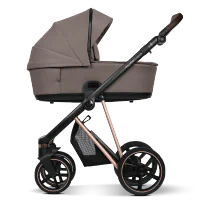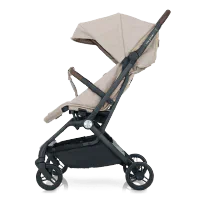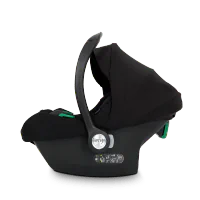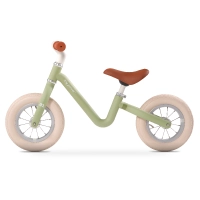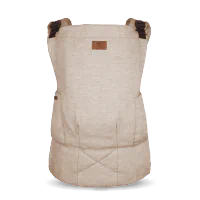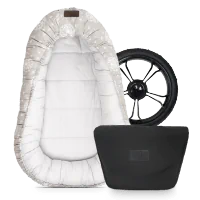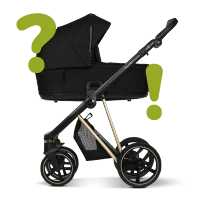Final stretch, soon you'll be holding your happiness in your arms.
The time has come. With the 28th week of pregnancy, the final trimester of your pregnancy officially begins. A phase full of growth and anticipation begins. Your happiness grows, your body changes noticeably, and you prepare yourself for the birth. It is a time when your emotions are in turmoil and there is so much you need to think about. In this guide to the third trimester, we accompany you through the final weeks of your pregnancy and provide you with Helpful tips to ensure you are optimally prepared for the upcoming arrival of your little bundle of joy.
Week by week – How your baby develops in the third trimester
In the last weeks of your pregnancy, your baby will gain a lot of weight and size. You will probably also see your little one for the last time before the birth, because Between the 29th and 32nd week of pregnancy, the final ultrasound as part of the routine check-ups is due.
Let’s take a closer look at each individual week – we’ll reveal how your luck develops.
Week 28-30 of pregnancy:
- Your baby continues to develop, with noticeable weight gain and growth.
- It’s getting tight in your belly. Since your happiness has less space, it doesn't occur as often anymore. Strong movements of the arms and legs, however, can be detected through the abdominal wall.
- Vernix caseosa and the lanugo hairs gradually recede.
- From this point onwards, Premature babies also have a high chance of survival with little medical support.
- At the end of the 30th week of pregnancy, your little one weighs around 1,350 grams and is approximately 41–43 cm in size.
Weeks 31-33 of pregnancy:
- Your happiness is starting to turn into the birth position. Ideally with the head facing downwards.
- The bones are still soft to facilitate the passage through the birth canal.
- All five senses of your happiness are now fully developed.
- At the end of the 33rd week of pregnancy, your little one weighs about 2 kilograms and is approximately 43–46 cm in length.
Week 40 of pregnancy
Your baby is now fully developed and ready for birth. It could happen at any minute. Look forward to the arrival of your happiness, stay calm and consciously experience the final days of your pregnancy. Your body and baby are preparing for an unforgettable moment – the birth.
Possible symptoms in 3.Trimester- this is how you can feel
Even in the final trimester, you may still experience symptoms of your pregnancy. These are usually due to the ongoing development of your little one and the changes taking place in your own body. If your symptoms become too severe, please speak to your doctor or midwife to ensure that any potential complications are detected in good time.
Possible complaints include:
Back pain, sleep problems, breathing difficulties, heartburn, swollen legs & oedema, fatigue, frequent urination, lightening pains & practice contractions.
Position of your baby's birth
The birth position of your baby has a significant impact on delivery. From the common occipital position to less frequent variations such as the breech position, each position presents its own challenges and opportunities.
Anterior occipital position:
The anterior occipital position is the ideal position for a vaginal birth. In this position, the head is slightly bent, the chin rests on the chest, and the nose is pointing towards your anus.Star-gazer position:
The star-gazer position is a birthing position in which the baby lies in the womb with its face facing upwards. This position can lead to complications during delivery, as the baby's head does not fit optimally through the birth canal. Some babies in the stargazer position turn into a better position during birth, while others require assistance to get into the correct birth position. Under certain circumstances, a caesarean section is required in this position.Pelvic position:
The breech position, also referred to as breech position, is a birth position in which the baby in the womb with the buttocks facing downwards and the legs extended in the direction of the birth canal, while the head points towards the mother’s abdomen. Depending on the circumstances and the individual situation, a vaginal birth may be possible, or a caesarean section may need to be performed in order to ensure a safe delivery.Contractions in 3.Trimester of pregnancy
In the third trimester of pregnancy, Contractions as part of the natural preparation for birth. The so-called Practice contractions or Braxton Hicks contractions come irregularly and can occur from the 28th week of pregnancy onwards. They are generally less painful than real contractions and are usually described as a tight, unpleasant sensation in the abdomen perceived.
Lightening contractions occur about four weeks before birth. During these, your little one moves deeper into your pelvis, which reduces the pressure on your diaphragm and ribs and thus gives you Relief and greater comfort provides.
Labour pains: The four stages of childbirth
- The first phase includes the Opening contractions, during which the uterus gradually opens the cervix, to clear the way for the baby. This phase can take hours or even days.
- The second phase, which Transition phase is more intense and of shorter duration. Here, the cervix reaches full dilation while the contractions increase in strength.
- In the third phase, the Expulsive contractions, the contractions push the baby through the birth canal.
- In the fourth phase, the Afterbirthreplaced
Perineal massage as part of birth preparation
Perineal massages are from the 34th week of pregnancy (34th week of gestation) a method of birth preparation that aims to, the tissue of the perineum, which lies between the vagina and the anus, to stretch and loosen. This can increase elasticity and reduce the risk of perineal tears or episiotomies during childbirth.
How to perform a perineal massage:
- Preparation: Wash your hands thoroughly and get yourself into a comfortable position.
- Use oil: Apply a special Massage oil on your fingers and on the area of the perineum.
- Gentle stretching: Insert your thumb and index finger into the vagina and place them about 3–4 cm from the entrance on the perineal area. Apply gentle pressure downwards and sideways. and begin to gently stretch the tissue by slowly moving your fingers apart.
Packing your hospital bag for the birth – what you should keep in mind
The birth of your happiness is imminent. The due date is only an approximate indication, when the time actually comes – only 4% of all babies are actually born on that day. Most babies are born two weeks before or after the due date.
So that you can allow yourself as much peace and quiet as possible around this important date, you should Pack your hospital bag for the birth and the time afterwards about four weeks before your due date.
We have put together a checklist for you:
This is what you should pack for yourself:
- Comfortable clothing and pyjamas
- Socks and slippers
- Bathrobe
- Comfortable underwear (if you have a caesarean section, the knickers should be a little larger)
- Silent BHs
- Breast pads
- Hygiene items (such as soap, shower gel, deodorant, toothbrush)
- Sanitary pads (usually provided by the hospital/birth centre of your choice)
- Snacks and drinks
- Relaxation materials such as a book or music
- Mobile phone and charging cable
Our tip: If you plan to breastfeed, then it makes sense to, Lanolin cream to have ready in your hospital bag for sensitive nipples as well.
This is what you should pack for your happiness:
- Baby clothing (rompers, long-sleeved bodysuits)
- Caps
- Socks
- Sleeping bag
- Baby blanket
- Care products
- Infant car seat for the journey home
In addition to personal belongings, important documents such as insurance cards should be included., Birth plan and hospital documents ready and available.
Our tip: Keep your hospital bag within easy reach in the car or near the front door. That way, you're ready to go as soon as your contractions start.
The time has come
The third trimester – and at the same time your pregnancy – is drawing to a close. It has been marked by physical changes, anticipation, and preparations for your baby’s arrival. We hope that our trimester guides have provided you with helpful insights and support, and we wish you all the luck in the world for your birth. We are here for you even after your pregnancy. In our... weekly contributions Our mums, dads and experts pool all their knowledge, offer helpful tips and are there to support you with advice and practical assistance.
Editorial note: For reasons of better readability, the masculine form is used for personal designations and nouns relating to people in this guide. These terms are to be understood as applying to all genders equally in the spirit of equal treatment. The shortened form of language is used solely for editorial reasons and does not imply any value judgement.
More articles


my junior® is a pram manufacturer from Aachen. We have made it our mission to ensure your To accompany happiness and your Making everyday life with a baby easier. The my junior® range now includes various pram and pushchair models, all of which have been thoroughly tested and certified. In addition to our lucky companions, we offer numerous accessories for everyday life with a baby. Our prams are developed together with midwives, physiotherapists, and experienced mums and dads developed and produced in Europe with great care and expertise.

 Pushchair
Pushchair 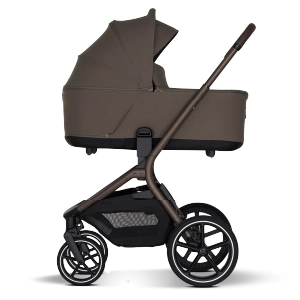 MAVI
MAVI 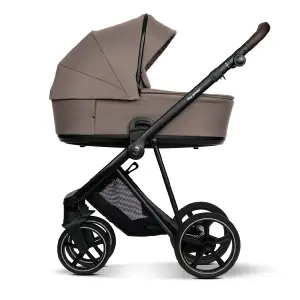 VIGO²
VIGO² 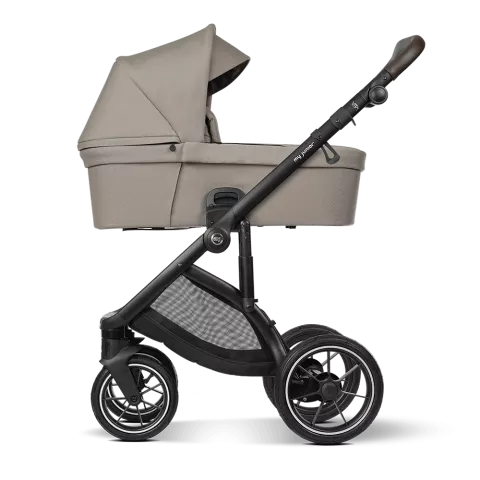 VITA unique³
VITA unique³ 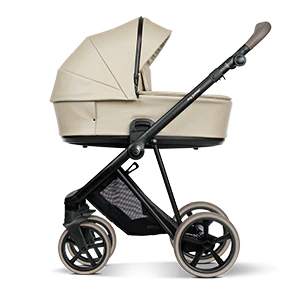 VIGO² Alcantara
VIGO² Alcantara 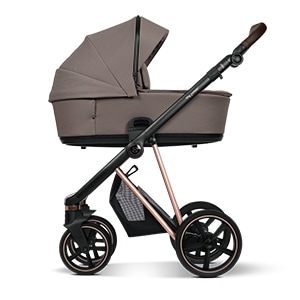 VIGO
VIGO 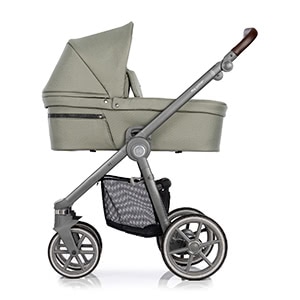 VITA HOPE
VITA HOPE  VITA unique²
VITA unique²  PICO³ with tub
PICO³ with tub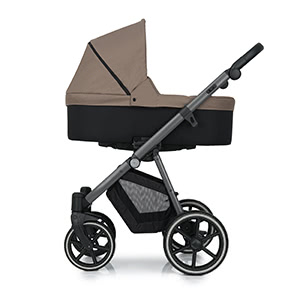 NOAX²
NOAX² 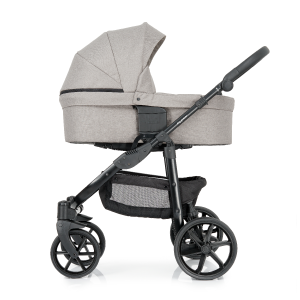 MIYO²
MIYO² 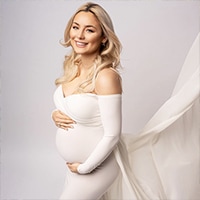 Pram tests
Pram tests  Consultation
Consultation 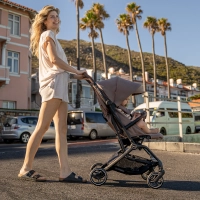 Buggies
Buggies 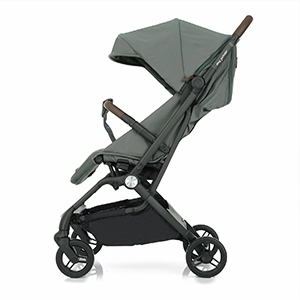 PICO³
PICO³ 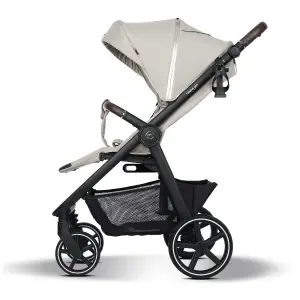 PLIA²
PLIA² 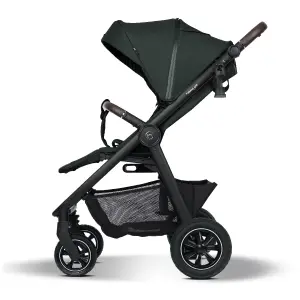 PLIA² Air
PLIA² Air 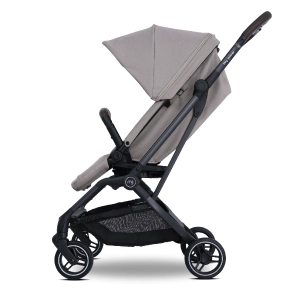 PICO³⁶⁰
PICO³⁶⁰  PICO³ with tub
PICO³ with tub 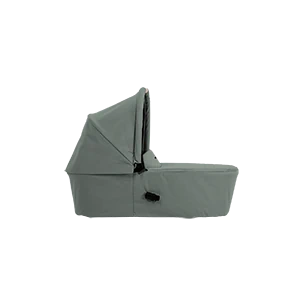 PICO tub
PICO tub 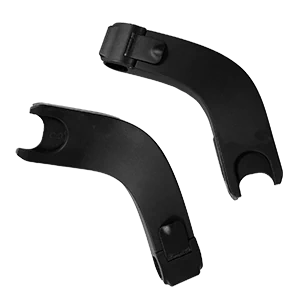 PICO infant car seat adapter
PICO infant car seat adapter 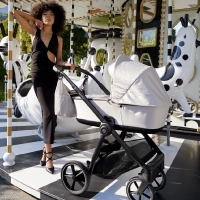 Limited Editions
Limited Editions 
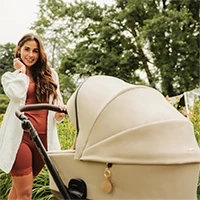
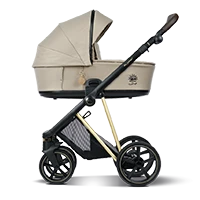

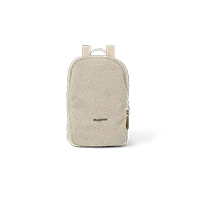
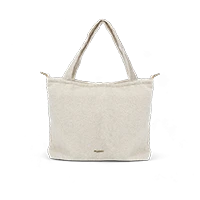

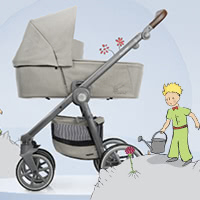
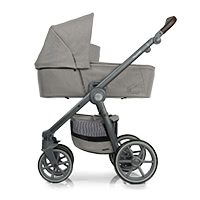

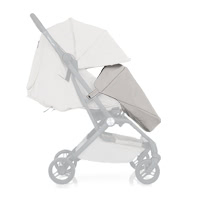

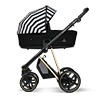 VIGO
VIGO 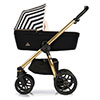 VITA HOPE
VITA HOPE 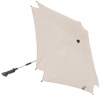 Limited Edition Parasol
Limited Edition Parasol 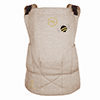 Limited Edition Baby Carrier
Limited Edition Baby Carrier 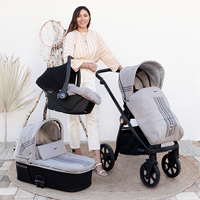
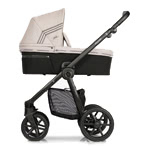 VITA HOPE
VITA HOPE 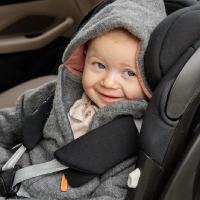 Child seats
Child seats 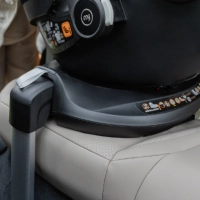 All Isofix Bases
All Isofix Bases 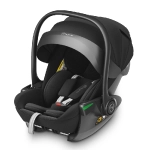 AURAᵉʳᵍᵒ
AURAᵉʳᵍᵒ 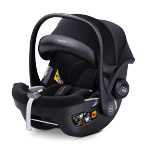 Aura Pro
Aura Pro 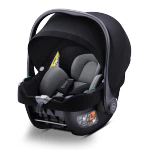 Beam
Beam 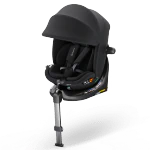 Cyro 360
Cyro 360 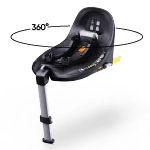 Base 360
Base 360 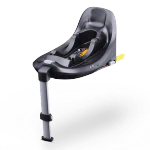 Base Static
Base Static 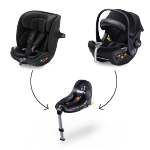 Capsule System
Bundle
Capsule System
Bundle 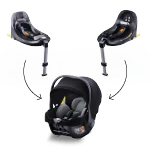 Beam Bundle
Beam Bundle 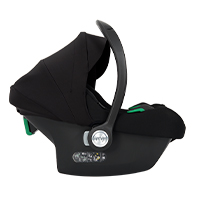 Avionaut Cosmo
Avionaut Cosmo 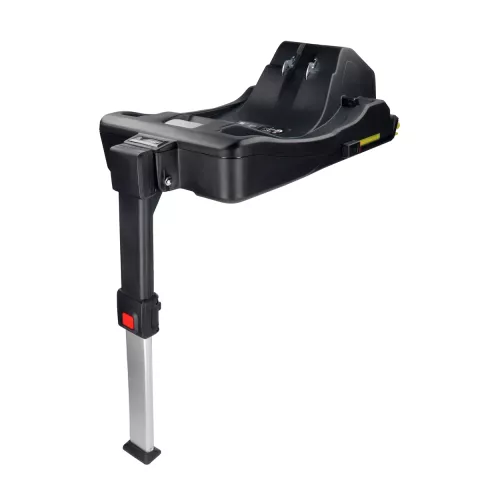
 Black Friday Sale
Black Friday Sale
 Reviews
Reviews 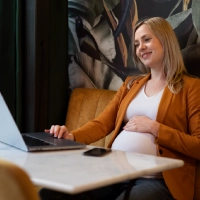 Read reviews
Read reviews  Write a review
Write a review 
 Home
Home  Fabric sample
Fabric sample 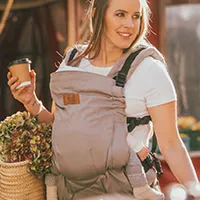 Baby carriers
Baby carriers 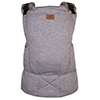 LUVA
LUVA 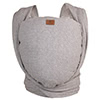 NAMI
NAMI 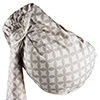 NAMI with ring
NAMI with ring  Accessories
Accessories 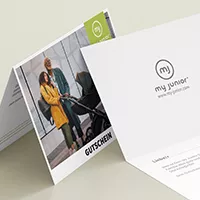 Vouchers
Vouchers  Discover my junior®
Discover my junior®  About us
About us  In your vicinity
In your vicinity 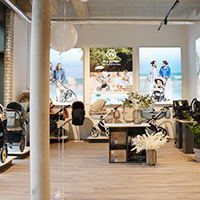 All my junior
All my junior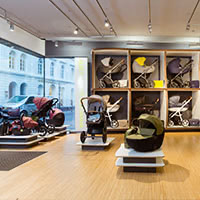 Flagship Store
Aachen
Flagship Store
Aachen 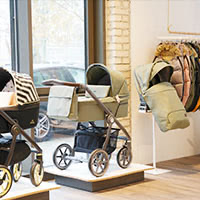 Flagship Store
Hamburg
Flagship Store
Hamburg 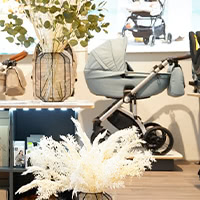 Flagship Store
Salzburg
Flagship Store
Salzburg  Flagship Store Binzen
Flagship Store Binzen
 Flagship Store
Krefeld
Flagship Store
Krefeld 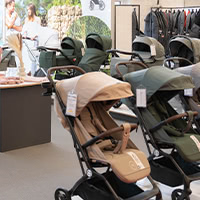 Studio Cologne
Studio Cologne  Studio Trier
Studio Trier 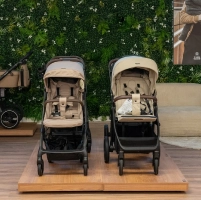 Studio Braunschweig
Studio Braunschweig
 Studio Metzingen
Studio Metzingen
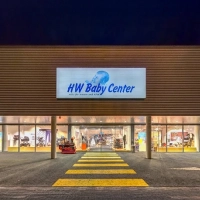 my junior® pram in
Switzerland
my junior® pram in
Switzerland 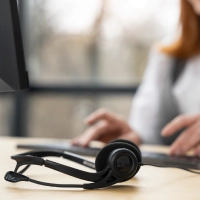 Help and Contact
Help and Contact  Useful
Useful 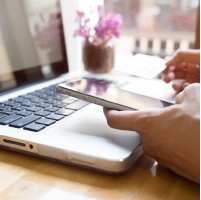 Career
Career  Press
Press 


